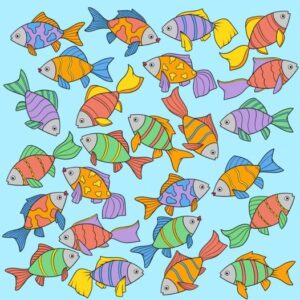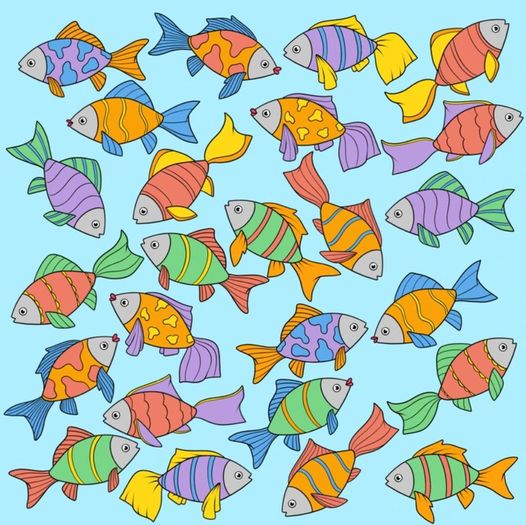The Fascinating World of Optical Illusions
Optical illusions come in various forms, spanning cognitive, psychological, and physical realms. These captivating, shape-shifting images or drawings challenge the brain’s perception of reality. One intriguing example is the Hidden Fish Without Pair.
The Role of Psychoanalysis
Psychoanalysis explains how we perceive things, suggesting that engaging in challenging riddles contributes to wisdom. Optical illusions reveal the fascinating workings of our brains, showing that reality is constructed by individual minds, shaping their unique interpretation of what they see.

Brain Power and Pattern Recognition
Our brains excel at pattern recognition and “seeing,” often presenting familiar objects. The human brain can view things from multiple angles, forming different decisions based on these perspectives. A perplexing example is an image where a Fish Without Pair is hidden, awaiting discovery.
The Challenge of the Hidden Fish
Shared as a puzzle for all ages, only 2% of people can successfully find the Hidden Fish Without Pair in this image. While spotting it may be challenging, concentration is the key to success. Optical illusions, like walnuts for the brain, sharpen analytical powers.

